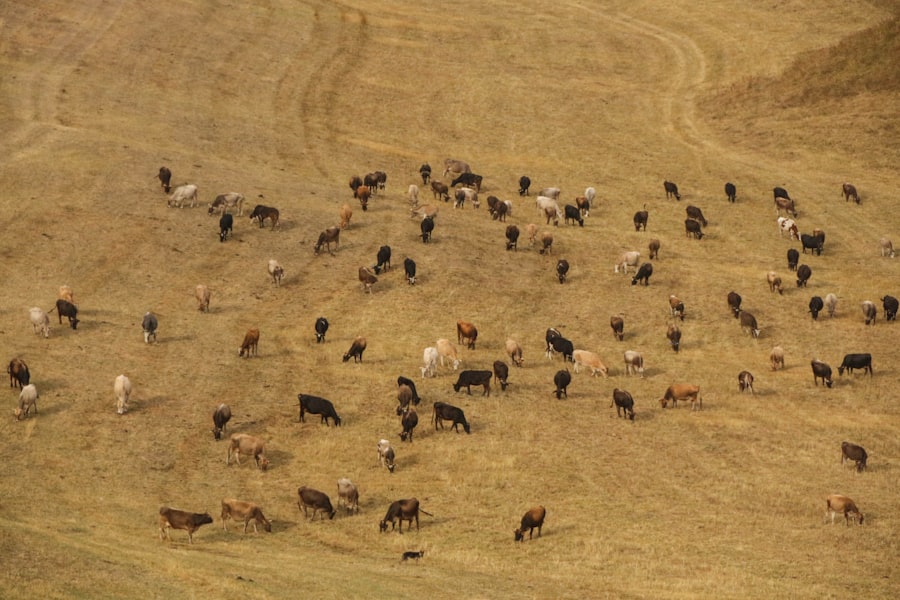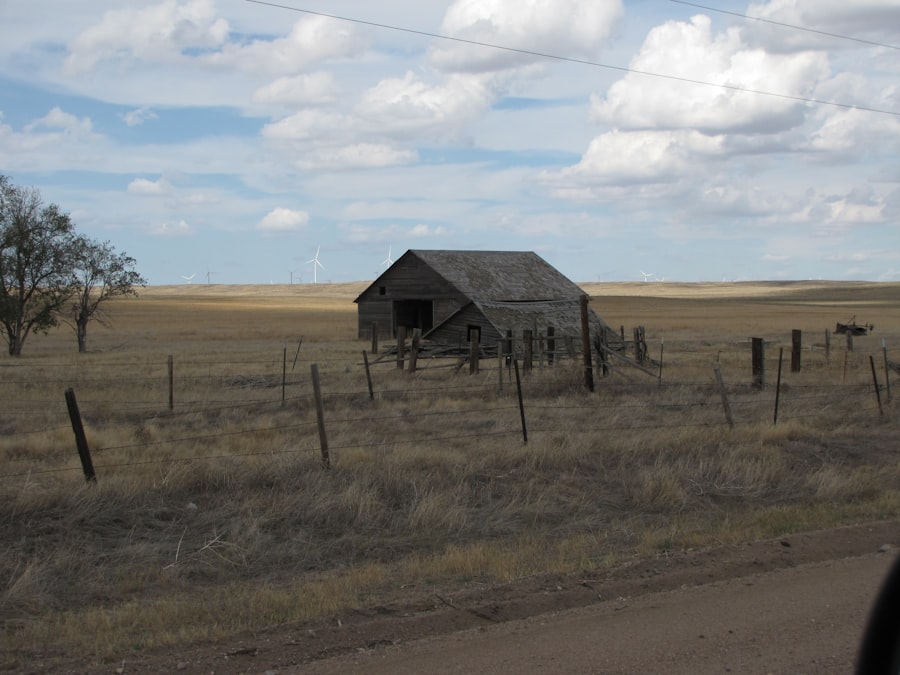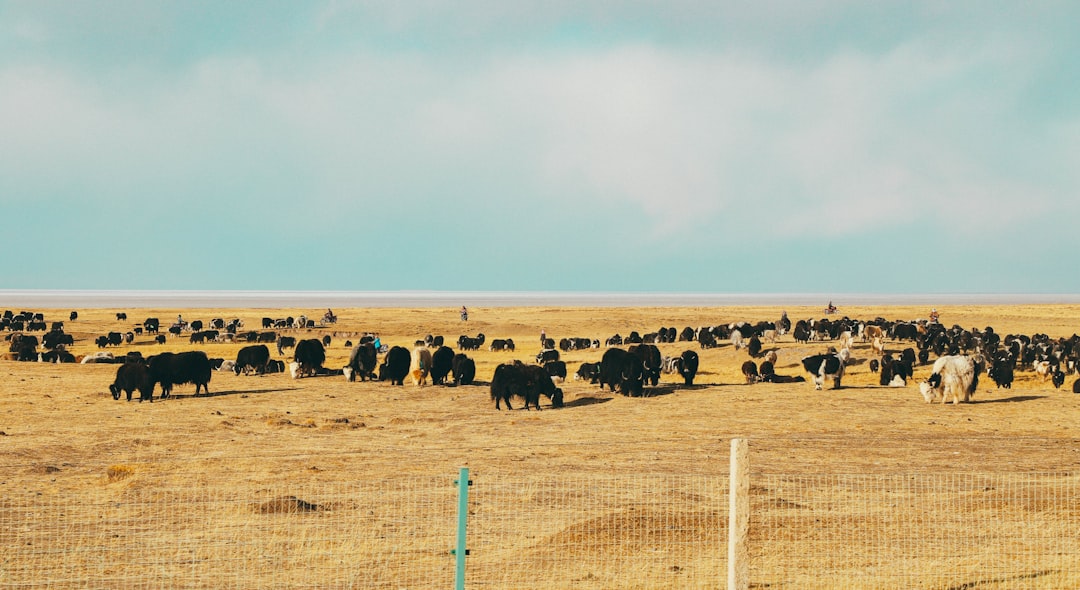In the realm of digital marketing and search engine optimization (SEO), long-tail keywords have emerged as a pivotal concept. These keywords, typically consisting of three or more words, are designed to capture specific search queries that reflect the nuanced interests of users. Unlike their shorter counterparts, which often attract high competition and broad search intent, long-tail keywords allow businesses and content creators to target niche audiences more effectively.
This specificity not only enhances the likelihood of conversion but also improves the overall user experience by delivering relevant content that aligns with the searcher’s intent. The significance of long-tail keywords extends beyond mere traffic generation; they play a crucial role in shaping content strategy and driving engagement. By focusing on these targeted phrases, marketers can better understand the needs and preferences of their audience.
This understanding fosters the creation of tailored content that resonates with users, ultimately leading to higher retention rates and customer loyalty. As the digital landscape continues to evolve, the strategic use of long-tail keywords will remain an essential tool for those seeking to navigate the complexities of online visibility and engagement.
Key Takeaways
- Long-tail keywords are specific, longer phrases that target a niche audience and can improve search engine optimization.
- Great Plains depopulation is a significant issue impacting the region’s economic and social landscape.
- The Ogallala Aquifer plays a crucial role in sustaining agriculture and communities in the Great Plains.
- Rural economic decline is influenced by various factors such as outmigration, lack of job opportunities, and limited access to resources.
- Long-tail keywords can be used to research and analyze trends related to Great Plains depopulation, Ogallala Aquifer, and rural economic decline.
Understanding Great Plains Depopulation
The phenomenon of depopulation in the Great Plains region of the United States has garnered increasing attention in recent years. Characterized by a significant decline in population density, this trend is attributed to a myriad of factors, including economic shifts, environmental challenges, and social dynamics. Historically, the Great Plains were home to thriving agricultural communities, but as industrialization and urbanization took hold, many residents began to migrate toward urban centers in search of better opportunities.
This migration has led to a stark contrast between bustling cities and the quiet, often desolate landscapes of rural areas. The implications of Great Plains depopulation are profound, affecting not only the local economy but also the cultural fabric of these communities. As populations dwindle, essential services such as schools, healthcare facilities, and businesses face closure or significant downsizing.
This creates a vicious cycle where the lack of resources drives more residents away, further exacerbating the decline. Understanding the underlying causes of this depopulation is crucial for developing effective strategies to revitalize these areas and ensure their sustainability for future generations.
The Importance of the Ogallala Aquifer

The Ogallala Aquifer stands as one of the most vital natural resources in the Great Plains, providing water to millions of people and supporting extensive agricultural activities. Spanning across eight states, this vast underground reservoir is essential for irrigation, drinking water, and industrial use. The aquifer’s significance cannot be overstated; it underpins the agricultural economy of the region, enabling farmers to cultivate crops in an otherwise arid landscape.
However, the over-extraction and mismanagement of this precious resource have raised alarms about its long-term viability. As water levels in the Ogallala Aquifer continue to decline due to excessive pumping and insufficient recharge rates, the sustainability of agriculture in the Great Plains is at risk. Farmers are increasingly faced with the challenge of balancing their water needs with conservation efforts.
The implications extend beyond agriculture; communities reliant on this aquifer for drinking water are also threatened by dwindling supplies. Therefore, understanding the importance of the Ogallala Aquifer is critical for developing strategies that promote responsible water management and ensure that this essential resource remains available for future generations.
Factors Contributing to Rural Economic Decline
| Factors | Contributions |
|---|---|
| Lack of infrastructure | Difficulty in accessing markets and services |
| Outmigration | Loss of skilled labor and young population |
| Decline in agriculture | Reduced income for rural communities |
| Technological advancements | Reduced demand for manual labor |
Rural economic decline in the Great Plains can be attributed to a complex interplay of factors that have evolved over decades. One significant contributor is the shift in agricultural practices and market demands. As farming has become more industrialized, smaller family farms have struggled to compete with larger agribusinesses that benefit from economies of scale.
This consolidation has led to job losses and reduced economic activity in rural areas, prompting many residents to seek employment elsewhere. Additionally, changes in demographics play a crucial role in rural economic decline. Younger generations are increasingly drawn to urban environments that offer diverse job opportunities, cultural experiences, and social amenities.
This migration results in an aging population in rural areas, further straining local economies as fewer working-age individuals remain to support community initiatives and businesses. The combination of these factors creates a challenging environment for rural communities striving to maintain their economic vitality and social cohesion.
Long-Tail Keywords for Great Plains Depopulation
When exploring long-tail keywords related to Great Plains depopulation, it becomes evident that specificity is key. Phrases such as “causes of depopulation in Great Plains” or “impact of migration on rural communities” can help researchers and marketers hone in on particular aspects of this complex issue. By utilizing these targeted keywords, stakeholders can better understand the nuances surrounding depopulation trends and develop content that addresses specific concerns within affected communities.
Moreover, long-tail keywords can facilitate discussions around potential solutions to combat depopulation. Keywords like “revitalizing rural economies in Great Plains” or “community initiatives for population retention” can guide content creation aimed at fostering dialogue and collaboration among local leaders, policymakers, and residents. By focusing on these specific phrases, stakeholders can engage with audiences who are actively seeking information and solutions related to Great Plains depopulation.
Long-Tail Keywords for Ogallala Aquifer

The Ogallala Aquifer presents a wealth of opportunities for targeted keyword exploration. Long-tail keywords such as “sustainable water management practices for Ogallala Aquifer” or “impact of agriculture on Ogallala water levels” can provide valuable insights into the challenges facing this critical resource. By employing these specific phrases in research and content creation, stakeholders can address pressing issues related to water conservation and management.
Additionally, long-tail keywords can help raise awareness about the importance of protecting the Ogallala Aquifer for future generations. Phrases like “community efforts to conserve Ogallala Aquifer” or “educational programs on water sustainability” can foster engagement among community members and encourage collaborative initiatives aimed at preserving this vital resource. By focusing on these targeted keywords, stakeholders can create meaningful conversations around water conservation and its implications for both agriculture and community well-being.
Long-Tail Keywords for Rural Economic Decline
In addressing rural economic decline, long-tail keywords serve as a powerful tool for understanding specific challenges faced by these communities. Keywords such as “strategies for revitalizing rural economies” or “impact of population decline on local businesses” can guide research efforts aimed at identifying effective solutions. By utilizing these targeted phrases, stakeholders can delve deeper into the complexities surrounding economic decline and explore innovative approaches to foster growth.
Furthermore, long-tail keywords can facilitate discussions about policy interventions and community initiatives designed to combat rural economic decline. Phrases like “government programs supporting rural development” or “community-led initiatives for economic resilience” can help connect individuals and organizations working toward similar goals. By focusing on these specific keywords, stakeholders can create a collaborative environment that encourages knowledge sharing and collective action.
Utilizing Long-Tail Keywords for Research and Analysis
The strategic use of long-tail keywords extends beyond content creation; they are invaluable for research and analysis purposes as well. By employing targeted phrases related to specific topics such as Great Plains depopulation or Ogallala Aquifer sustainability, researchers can streamline their inquiries and access relevant data more efficiently. This focused approach allows for a deeper understanding of complex issues while minimizing the noise often associated with broader search terms.
Moreover, long-tail keywords can enhance data analysis by providing insights into user behavior and preferences. By analyzing search trends associated with specific phrases, researchers can identify emerging topics of interest within communities affected by depopulation or economic decline. This information can inform policy decisions and community initiatives aimed at addressing these challenges effectively.
Long-Tail Keywords for Sustainable Solutions
In the quest for sustainable solutions to address issues like Great Plains depopulation and Ogallala Aquifer depletion, long-tail keywords play a crucial role in guiding discussions around best practices and innovative approaches. Phrases such as “sustainable agriculture practices for Great Plains” or “water conservation strategies for Ogallala Aquifer” can help stakeholders identify effective methods for promoting sustainability within their communities. Additionally, long-tail keywords can facilitate collaboration among various stakeholders working toward common goals.
Keywords like “community partnerships for sustainable development” or “collaborative initiatives for rural revitalization” encourage dialogue among local leaders, organizations, and residents committed to fostering sustainable practices.
Long-Tail Keywords for Community Development
Community development is essential for addressing the challenges posed by depopulation and economic decline in rural areas. Long-tail keywords related to community development can guide efforts aimed at fostering resilience and growth within these communities. Phrases such as “community engagement strategies for rural revitalization” or “building social capital in Great Plains towns” can help stakeholders identify effective approaches to strengthen community ties.
Furthermore, long-tail keywords can facilitate discussions about inclusive development practices that prioritize the needs of all community members. Keywords like “equitable access to resources in rural areas” or “empowering marginalized voices in community planning” encourage dialogue around social justice issues within community development efforts. By focusing on these specific phrases, stakeholders can create a more inclusive environment that fosters collaboration and collective action.
Conclusion and Future Implications
In conclusion, long-tail keywords serve as a powerful tool for understanding and addressing complex issues such as Great Plains depopulation, Ogallala Aquifer sustainability, and rural economic decline. By focusing on specific phrases that capture nuanced aspects of these challenges, stakeholders can engage in meaningful discussions that lead to innovative solutions. The strategic use of long-tail keywords not only enhances research efforts but also fosters collaboration among individuals and organizations committed to revitalizing rural communities.
As the digital landscape continues to evolve, the importance of long-tail keywords will only grow. They will remain essential for guiding content creation, research initiatives, and community development efforts aimed at addressing pressing challenges faced by rural areas in the Great Plains. By harnessing the power of long-tail keywords, stakeholders can work together to create a brighter future for these communities while ensuring that vital resources like the Ogallala Aquifer are preserved for generations to come.
In exploring the complex issues surrounding the depopulation of the Great Plains, the depletion of the Ogallala Aquifer, and the resulting rural economic decline, it’s crucial to delve into the nuanced factors contributing to these challenges. An insightful article that complements this discussion can be found on MyGeoQuest, which provides an in-depth analysis of these interconnected issues. The article highlights the environmental and economic pressures faced by communities in the Great Plains, offering a comprehensive overview of the long-term impacts on agriculture and local economies. For a detailed exploration of these topics, you can read more in the article available at MyGeoQuest.
WATCH NOW! Why America’s Heartland Is Disappearing Fast
FAQs
What is Great Plains depopulation?
Great Plains depopulation refers to the ongoing trend of population decline in the Great Plains region of the United States. This trend is characterized by a decrease in the number of people living in rural areas and small towns within the Great Plains, leading to various social and economic challenges for the affected communities.
What is the Ogallala Aquifer?
The Ogallala Aquifer is a vast underground reservoir that spans across eight states in the Great Plains region of the United States, providing water for agricultural, industrial, and domestic use. It is one of the largest aquifers in the world and plays a crucial role in supporting the agricultural productivity of the region.
What is rural economic decline?
Rural economic decline refers to the deterioration of economic conditions in rural areas, often characterized by a decline in employment opportunities, income levels, and overall economic activity. This decline can be influenced by various factors, including depopulation, changes in agricultural practices, and shifts in global economic trends.
How are long-tail keywords used in capturing specific search intent?
Long-tail keywords are specific, niche phrases that are used in search engine optimization (SEO) to target a particular audience with specific search intent. By incorporating long-tail keywords related to Great Plains depopulation, the Ogallala Aquifer, and rural economic decline, content creators can attract users who are specifically interested in these topics, leading to more relevant traffic and potential engagement.
